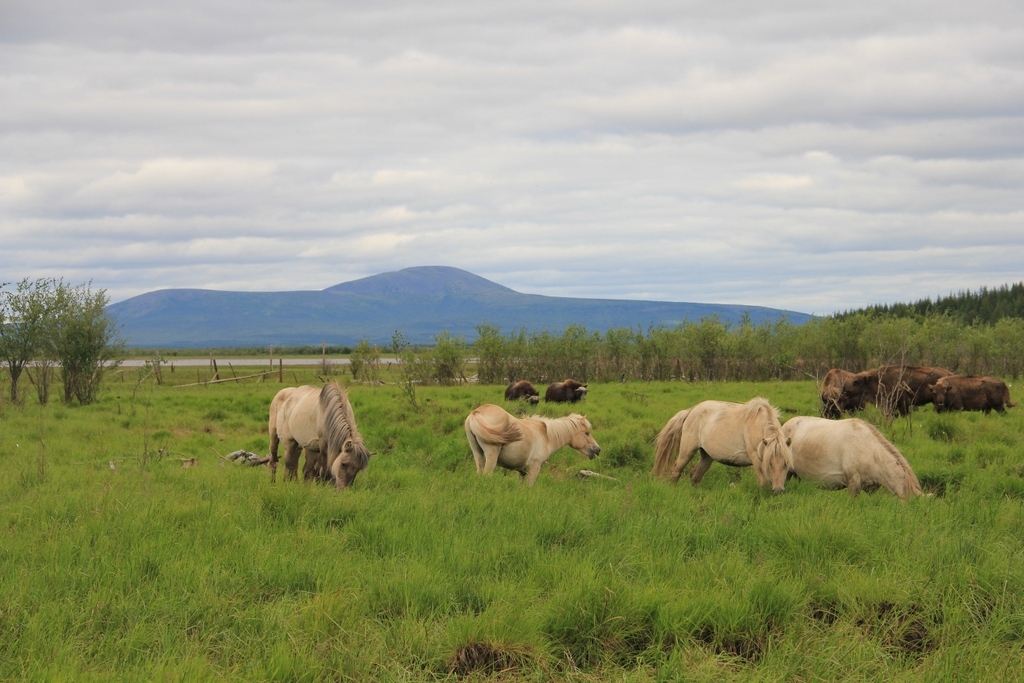
The Zimovs: Restoration of the Mammoth-Era Ecosystem, and Reversing Global Warming
The Arctic is warm and melting.
Politicians are debating, environmentalists are demanding more research, and non-governmental organizations are taking small steps. One Russian family of scientists might have a solution, or at least a theory supported by a two-decade-long experiment.
In Northeast Russia, on a frigid zone above the Arctic Circle, there is a small town of 3,000 people called Cherskii.
The village is situated on the Kolyma River in Sakha (Yakutia) Republic – 6,600 kilometers (eight time zones) east of Moscow. The closest city, Yakutsk, is a 4.5-hour flight away. The temperature in Cherskii can fall to -55?C in the winter, and to 0?C in the summer.
Sergey Zimov, a scientist specializing in ecology, and his son Nikita have been conducting a renowned experiment – Pleistocene Park, where for over 20 years they have been trying to recreate the mammoth’s ecosystem.
The goal of the project is to demonstrate that overhunting, and not the Ice Age, is the reason why mammoths and other large herbivores no longer roam the Earth.
About 13,000 years ago, humans populated the area of northeastern Siberia. As Homo Sapiens perfected its weapons and hunting techniques, it brought mammoths and other megafauna to extinction.
According to Sergey Zimov, the disappearance of mammoths and other herbivores changed the entire ecosystem. A land covered with productive grasslands turned into low-productive tundra, shrublands and mossy forest.
Mammals play an important role in preventing permafrost from thawing, Sergey Zimov says. By stampeding the snow in search of food, they reduce the insulation of snow that keeps the ground warm like a coat. In the absence of large animals, the permafrost is thawing faster than ever.
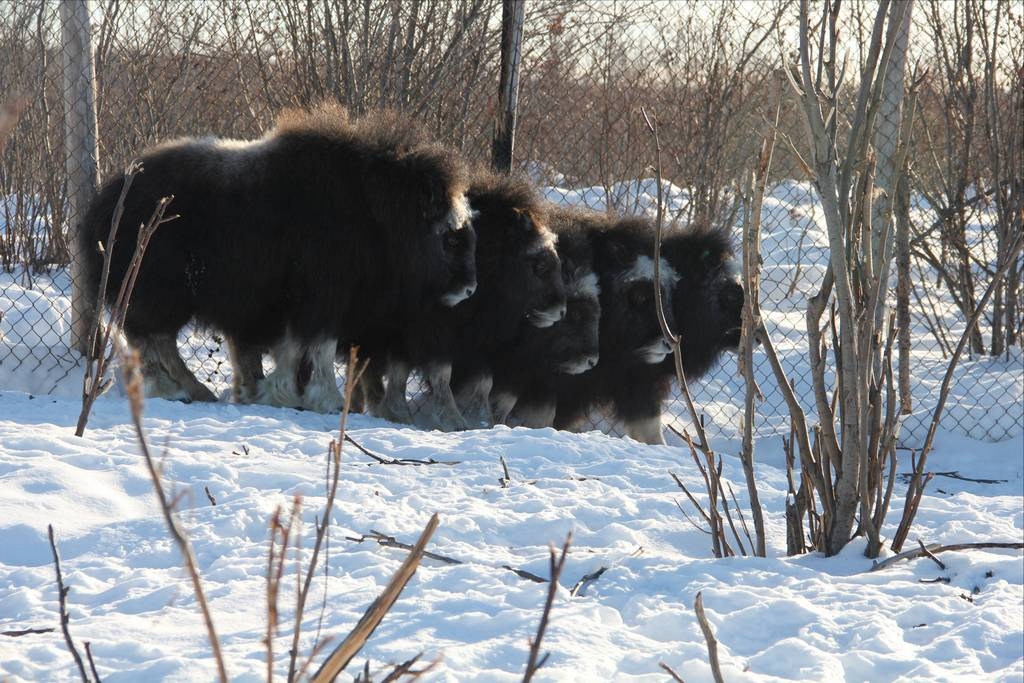
Sergey Zimov warns that further melting of the Arctic will unveil large deposits of fossils that will release a “carbon bomb” – in the form of greenhouse gases: carbon dioxide and methane. This will accelerate global warming in addition to human carbon activities.
Zimov’s Pleistocene Park is an experiment to recreate the ecosystem in the hope of reversing global warming.
To the North…
In 1988, Sergey Zimov moved to Cherskii. He was struck by the changes occurring in the Arctic. Northern nature was shallow: few birds and mostly wetlands. Eroding permafrost revealed fossils of ancient animals that once inhabited the region.
As a scientist, Sergey Zimov wondered: What happened to the animals?
Sergey Zimov set up the North-East Scientific Station; it also became his house. With some funding from the Pacific Ocean Institute of Geography (one of the largest geographic institutes of the former USSR), he brought several wild horses to the station for breeding. To keep poachers away, Sergey Zimov built a barbed-wire fence.
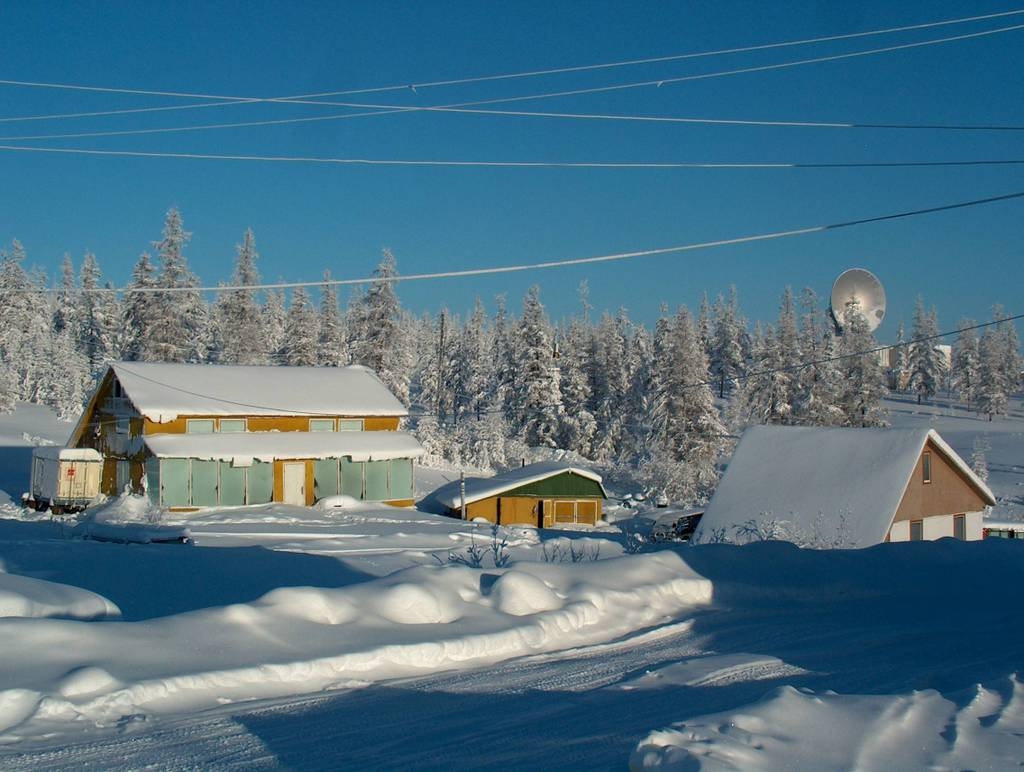
When the Soviet Union collapsed, Sergey Zimov received a letter from the Pacific Ocean Institute of Geography, informing him they were shutting down his station due to lack of funds.
Despite a deep economic crisis, Sergey Zimov refused to close the station. He decided to conduct an experiment. If he could bring in more animals like those that inhabited the region in the Pleistocene Era, he could recreate the mammoth’s steppe ecosystem.
In the beginning, Sergey Zimov survived on various European grants, managing to bring a few animals to the park. Post-Soviet Russia could only offer minuscule funds that came with too many strings attached.
In 1996, the North-East Scientific Station was officially registered as a private company. Sergey Zimov was free to start one of his biggest experiments yet: Pleistocene Park.
20 Years Later…
Much has changed since the 1980s. Sergey Zimov’s son, Nikita, now lives with his family at the station. Nikita became the director of Pleistocene Park as his father Sergey is devoting more time to research. Nikita is the father of two girls – Katya and Dasha. His wife works as an accountant and keeps the books in order.
Now, the Pleistocene Park is a natural reserve for wild horses, moose, reindeer, musk ox, wapitis and bison. The park is a hub for international scientists and students, who come from around the world to conduct their own ecological research and experiments.
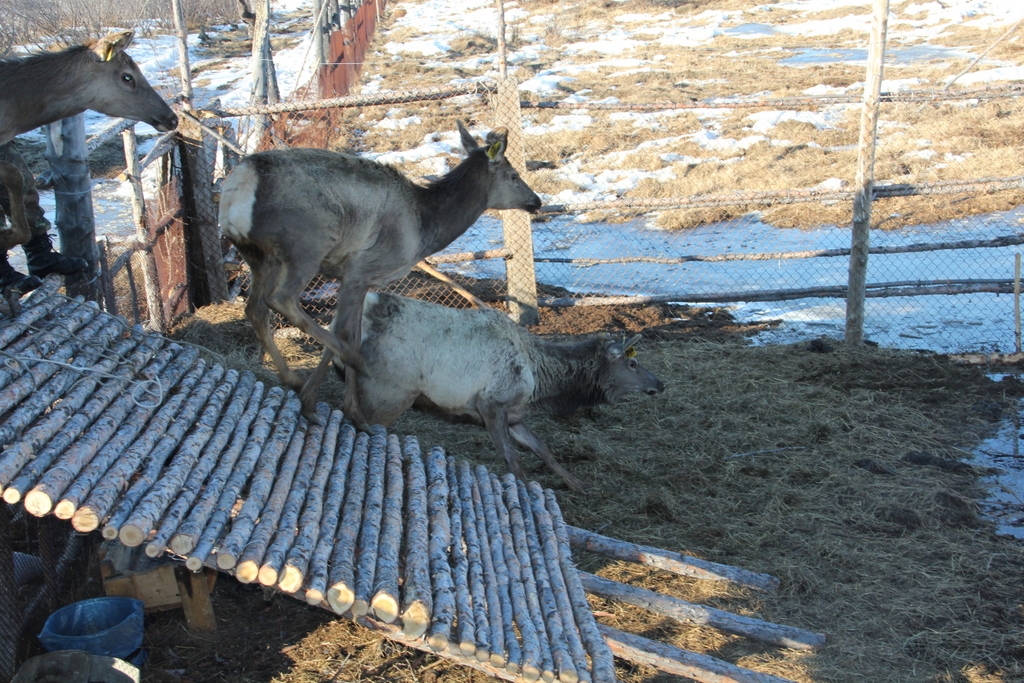
The Experiment and Results
Nikita Zimov says that his father’s theory that animals play a vital role in the change of the ecosystem is proving itself.
“We have conducted an experiment in the park,” Nikita Zimov says. “We have placed the temperature-measuring probes in the soil, where the animals stampeded the snow, and on landscapes void of animals. Observations and data collected at the park reveal that even when outside air temperature is -40C, the temperature of the ground under the snow that is void of animals is only -5C. But in areas where animals stampeded the snow, the temperature dropped down to -30C.”
The most important finding is that animals keep the Arctic cool, which is crucial to avoid future catastrophes.
“Currently, huge amounts of organic carbon are reliably preserved in the permafrost, but as the climate gets warmer, degrading permafrost will contribute to the greenhouse effect, releasing unprecedented amounts of methane and carbon dioxide,” Nikita Zimov says.
The scientific community dubs this “a carbon bomb.”
As animals graze in the park, they are also changing their surroundings. Mossy wetlands are slowly turning into steppes.
“We are able to see the change. Shrubland landscape is being replaced by grasses, which supports our animals. Animals in return support grasslands. It’s seen visually. The fertility of soil is expanding.”
Grasslands are crucial to the region, Nikita Zimov says. High-productive plants evaporate water when growing, drying the tundra’s wetlands. This reduces the production of greenhouse gases such as methane from the ecosystem. In addition, grass reflects sunlight back into the atmosphere, keeping heat off the ground.
Nikita Zimov says it takes more than a life to change the ecosystem. And it is hard work.
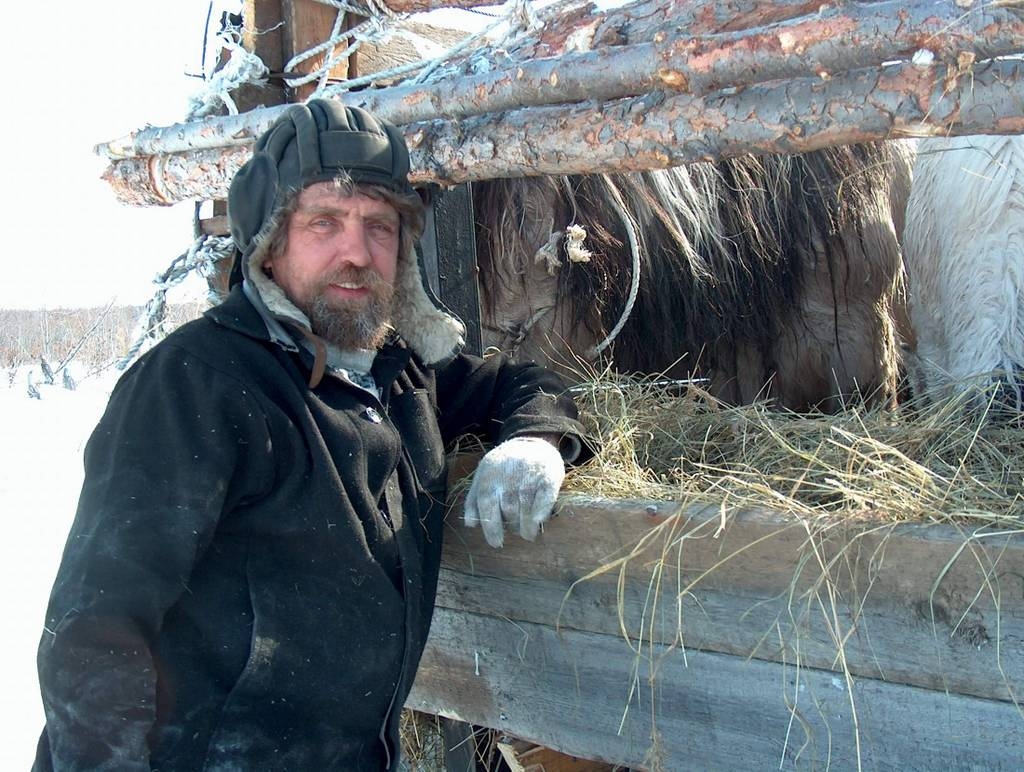
“Changing ecosystems is an unexplored science. Little research has been done. Ecosystems are complex: its flora, fauna, the right amount of animals, birds and insects – all play a vital role.”
After all these years, Nikita and Sergey had to go through a process of trials and errors. Challenges often occurred: from shipping to feeding the animals. It is expensive to buy animals, Nikita Zimov says, but even more so to transport them along treacherous northern roads. Shipping the animals can take a month. There is a chance that some animals will not be able to adjust to this harsh environment at all.
But the Zimovs always keep in mind what this hard work means for the future health of the Arctic.
“The entire infrastructure in the North will be destroyed,” Nikita Zimov predicts. “As the permafrost thaws, there will be catastrophic events.”
The Zimovs plan to reintroduce wolves, tigers and bears – natural predators – to complete the Pleistocene ecosystem.








